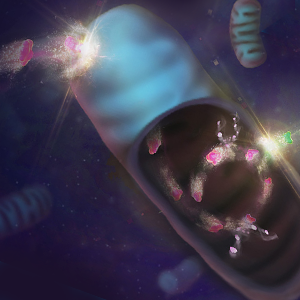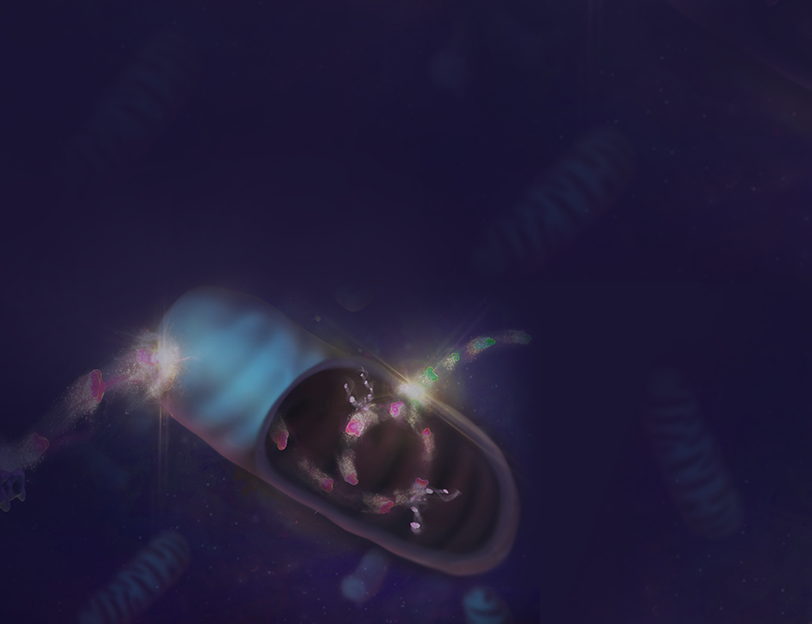Oxidative Stress Assays
Oxidative stress, an imbalance between the production of reactive oxygen species (ROS) and a cell’s antioxidant defenses, is associated with human diseases as well as aging.
This product group includes bioluminescence-based oxidative stress assays for detecting glutathione, detecting changes in ROS, and measuring the ratio of reduced to oxidized glutathione as indicators of cell health. Based on a simple bioluminescent signal, these assays are easy to set up and use, and are suitable for use in high-throughput screening applications.
Filter By
Shop all Oxidative Stress Assays
Showing 6 of 6 Products
An Introduction to Oxidative Stress Assays
Oxidative stress occurs when there is an increased production of reactive oxygen species (ROS) or a decrease in the effectiveness of cellular antioxidant defenses. Cells generate ROS as a result of increased metabolism or a stress response. Glutathione, an antioxidant, is used to mitigate the damage of ROS. Assays to determine oxidative stress may measure levels of toxic reactive oxygen species or levels of cellular antioxidants.
Glutathione is an antioxidant found in eukaryotic cells, most often in the reduced form (GSH). A small portion of cellular glutathione is in the oxidized state (GSSG). GSSG is an excellent indicator of oxidative stress in cells.
The GSH/GSSG-Glo™ Assay is a luminescence-based system used to detect and quantify glutathione in both the oxidized and reduced states. The stable luminescence is produced by the conversion of Luciferin-NT, a GSH probe, to luciferin by a glutathione S-transferase enzyme. This conversion to luciferin is coupled to a firefly luciferase reaction that produces a luminescent signal proportional to the amount of GSH present.
Reactive Oxygen Species (ROS) are chemically reactive molecules that contain oxygen. They are beneficial to the cell as natural byproducts of metabolism and have roles in cell signaling, but they can also lead to cellular damage and oxidative stress. High proliferation rates are linked to an increase in ROS. Since various ROS are converted to H2O2 in the cell, and H2O2 is the longest-lived ROS, an increase in H2O2 can reflect a general increase in cellular ROS levels. The ROS-Glo™ Assay uses a substrate that directly reacts with H2O2 to generate a luminescent signal proportional to the level of H2O2 present.



